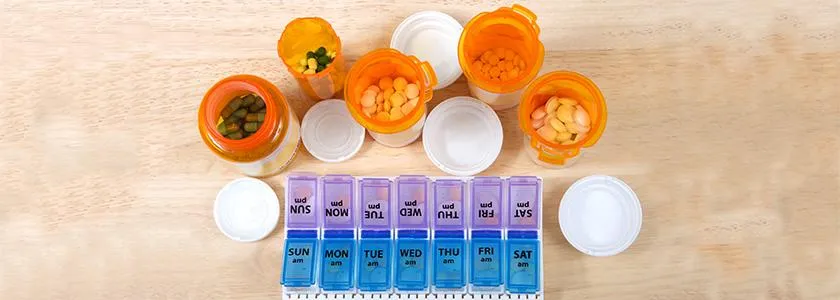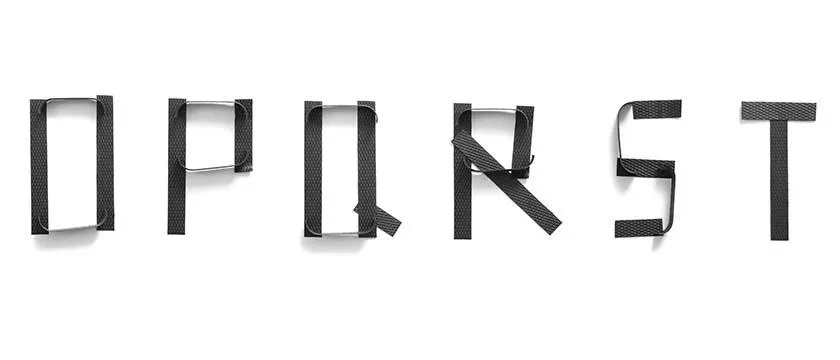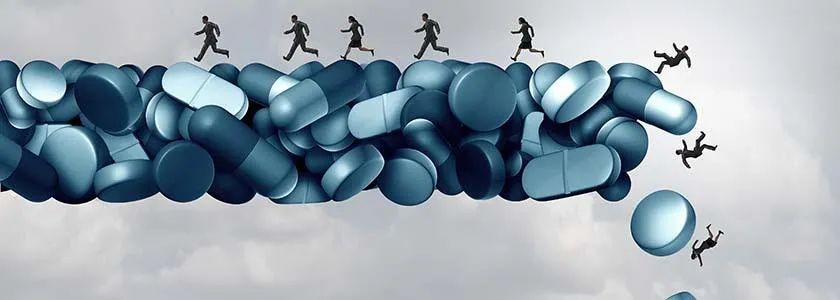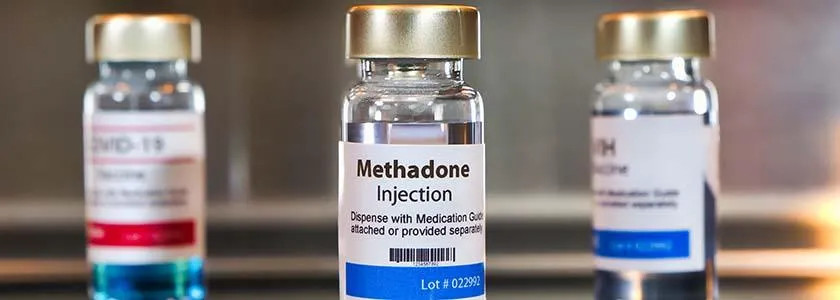Residential Withdrawal
On Cracking Addiction this week
Residential withdrawal management is one of the hallmarks of addiction medicine as a specialty. Residential withdrawal management is for those patients for home a home-based alcohol withdrawal is unsafe or contraindicated doe to significant medical or psychiatric comorbidities.
These patients require closer monitoring and medical and nursing support and this can only be accomplished in a supervised setting. The rationale for the treatment of alcohol withdrawal is to prevent minor withdrawal symptoms to escalating into more severe or complicated withdrawal symptoms which can be distressing for the patient, those around them and in severe case can lead to significant adverse health outcomes or death.
The most severe complications of alcohol withdrawal include alcohol withdrawal seizures, delirium tremens and Wernicke’s encephalitis. The goals in residential withdrawal management is to decrease the chances of severe complications by preventing dehydration and electrolyte imbalance, preventing thiamine deficiency which can lead to Wernicke’s encephalitis and adequate dosing of diazepam (or oxazepam in select cases with significant liver impairment) to decrease the chance of withdrawal seizures or delirium tremens occurring.
Management of alcohol withdrawal in residential setting is usually guided by scales and is protocol driven. The two most commonly used scales to determine alcohol withdrawal are the Alcohol Withdrawal Scale (AWS) and Clinical Institute Withdrawal Assessment for Alcohol (CIWA-Ar) with the goal being to keep the AWS under 5 and CIWA-Ar under 10.
Although as mentioned alcohol withdrawal management is somewhat protocolised it is also important to acknowledge an individual’s particular risk and vulnerabilities. Diazepam loading may be required for some patients whose withdrawal scores are rising despite medication given or those who are at risk of a complicated withdrawal.
Similarly, for those with severe liver disease whose livers may not be able to process diazepam an alternative benzodiazepine oxazepam is used as this does not need to undergo phase 1 metabolism in the liver and thus there is no increased risk of a potential build up to toxic levels within the body. There are a number of such variations to the standard protocol which are utilised to ensure that a patient’s medical and psychiatric conditions as well as individual needs and requirements are catered for.
Residential withdrawal management is about managing potentially high-risk patient who may be at risk of significant complications during their alcohol withdrawal in a safe, humane and holistic manner using evidence-based tools and interventions. In this episode of Cracking Addiction we delve into more detail and practicalities of how to do this.










